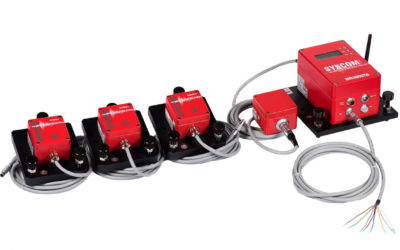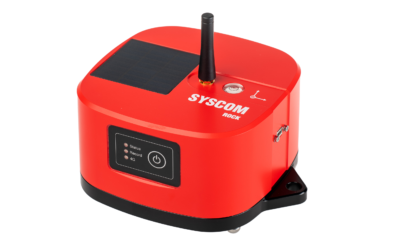In many urban areas, the traffic can be one of the most significant sources of noise and vibration. For this reason, some instruments can be installed in the most critical points to monitor the vibration levels and to alert the local authorities in case of unexpected values.
Rail tracks and switches are usually monitored, especially when the trains, trams, metros are operating close to residential areas. A best practice when doing work on tracks is typically to measure the trains during a day and evaluate their characteristics, depending of their speed, load and type (freight train, high speed train, etc…) in order to have a global evaluation of the frequency bandwidths and amplitudes. With these nominal values, mitigation measures can be undertaken during the work when required. It is also useful for comparing the vibration levels before and after the work, in order to make sure that the amplitudes and relevant frequencies were properly amortized.
The main requirements are:
The evaluation of train induced vibrations is usually performed with velocity sensors.
- A free field vibration monitoring is usually performed with uniaxial velocity geophones perpendicular to the track, in order to determine the soil damping and understand how vibrations are transmitted from the tracks to the surrounding foundations.
- A vibration monitoring on structures is usually performed with embedded triaxial velocity sensors on adjacent structures, on the basement for input motion monitoring and on the upper floors to measure the signals amplifications due to the structure height. Typically the devices on structures could be triggered by the device close to the rail tracks.
- Relays output embedded in the vibration monitoring device able to activate local beacons, flash lights or a camera for example when a train is getting close the the monitoring location. This is very efficient for post-processing analysis to know what train is inducing a certain type of vibration in an automated way and for local safety measures when required.











